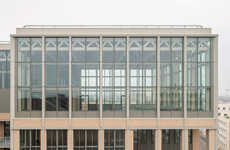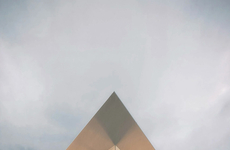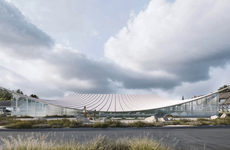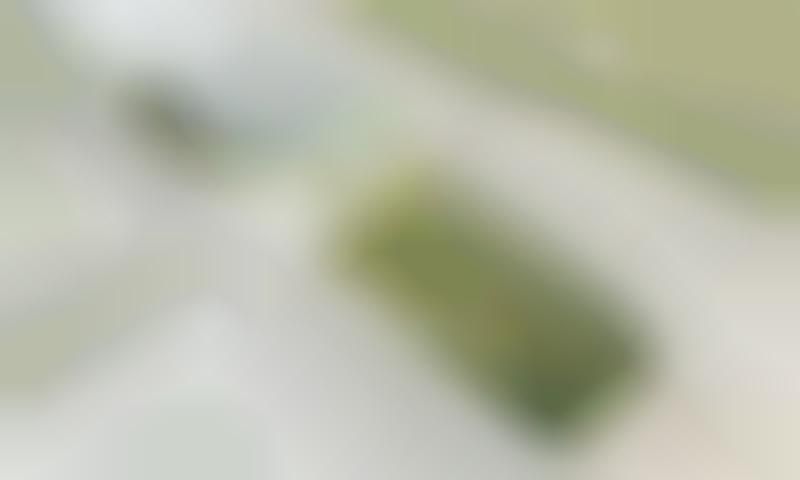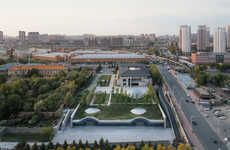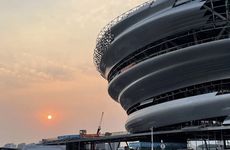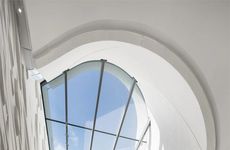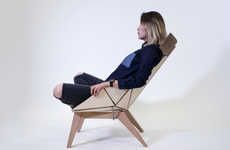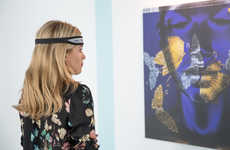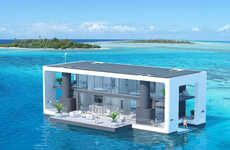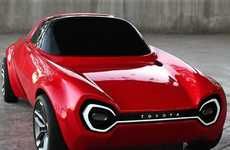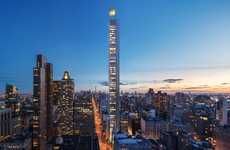
The New US Olympic Museum Has Just Broken Ground
References: usom.dsrny & dezeen
It's no secret that the Olympic Games are an important sporting event for the US as a whole, and the soon-to-be-constructed US Olympic Museum's grand, swooping design shows off the perception that the quadrennial event has in the American cultural imagination. The building, which recently broke ground in Colorado Springs, features a facade with a captivating, folded facade enclosing several futuristic activities and displays on the interior.
The US Olympic Museum, which was designed by New York architecture firm Diller Scofidio + Renfro, is set to be a 5,600-square-meter facility for honoring the US's history of elite Olympic and Paralympic athletes. The experience in the museum is meant to mimic the fluid movement of athletes, with a predestined path that moves visitors up and down around a tall central atrium.
The US Olympic Museum, which was designed by New York architecture firm Diller Scofidio + Renfro, is set to be a 5,600-square-meter facility for honoring the US's history of elite Olympic and Paralympic athletes. The experience in the museum is meant to mimic the fluid movement of athletes, with a predestined path that moves visitors up and down around a tall central atrium.
Trend Themes
1. Folded Facades - The design trend of folded facades in architectural projects provides an opportunity for visually striking and dynamic building exteriors.
2. Interactive Museums - The trend of interactive museums creates immersive and engaging experiences for visitors, allowing them to actively participate in the exhibits.
3. Fluid Design - The use of fluid design elements in architecture and museum spaces offers a chance for innovative and captivating environments that mimic movement and flow.
Industry Implications
1. Architecture - The architecture industry can capitalize on the trend of folded facades by incorporating unique and visually appealing design elements in buildings.
2. Museums - The museum industry can embrace interactive experiences to attract and engage visitors, offering a more dynamic and memorable visit.
3. Experiential Design - The field of experiential design can explore the utilization of fluid design principles to create immersive environments that stimulate the senses and captivate audiences.
3.1
Score
Popularity
Activity
Freshness



